In 2025, Donald Trump is still one of the most talked-about names in American life—not just in politics, but in the ongoing conversation about power, wealth, and influence. His name blazes across buildings, headlines, social media feeds, and political rally stages. But behind the gold letters and the bluster lies a story that’s far more complex—and financially fascinating—than it first appears.
Trump’s net worth has been debated, inflated, audited, and weaponized for decades. Is he a billionaire real estate titan or a branding genius who turned perception into profit? How did he weather bankruptcies, reality TV reinvention, and the economic firestorm of his presidency—only to remain a financial force in 2025?
This article peels back the surface to explore how Trump built, lost, leveraged, and reimagined his fortune over time. It’s a story of calculated risks, headline-driven marketing, and a relentless ability to turn chaos into capital. Whether you admire him or question every number, understanding Donald Trump’s net worth is about more than balance sheets—it’s about understanding the business of legacy.
The 2025 Valuation: What Is Donald Trump’s Net Worth Today?
As of mid-2025, Donald Trump’s net worth is estimated to be between $5.1 billion, according to updated valuations by Forbes and other financial analysts. While the exact figure depends on which assets are included (and how they’re valued), what’s clear is that Trump remains solidly within the billionaire class—even after years of legal battles, political turbulence, and evolving media influence.
Trump’s wealth is anchored in hard assets, particularly his expansive real estate holdings. Signature properties like Trump Tower in Manhattan, Mar-a-Lago in Palm Beach, and a portfolio of golf resorts and commercial buildings across the U.S. continue to represent the bulk of his valuation. Despite volatile market conditions, these assets have generally appreciated or held stable, buoyed in part by brand visibility and limited public access.
Beyond real estate, Trump’s licensing deals, speaking engagements, and partial stakes in ventures like Truth Social add softer, harder-to-quantify income streams. However, many experts discount these assets in full due to valuation uncertainty and liquidity concerns.
Discrepancies in net worth estimates often boil down to how liabilities are accounted for—and how bullish analysts are on the Trump brand’s enduring value. Regardless, in 2025, Trump’s fortune remains a potent symbol of both resilience and reinvention.
How the Trump Empire Began: Roots in Queens and a Real Estate Bet
Before the gold-plated penthouses and global headlines, Donald Trump was just a driven young man from Queens with something to prove—not only to the world, but to his father.
Fred Trump, Donald’s father, was already a successful real estate developer by the time Donald was born in 1946. Fred built thousands of affordable housing units in Brooklyn and Queens, cultivating a low-profile empire rooted in steady income, government contracts, and fiscal conservatism. But Donald saw something different in real estate—a stage, not just a business.
By the early 1970s, fresh out of Wharton, Donald Trump was itching to break out of the outer boroughs and into the Manhattan skyline. Where Fred saw risk, Donald saw legacy. His first major bet came in 1976, when he struck a deal to renovate the aging Commodore Hotel near Grand Central Terminal—an ambitious project that relied heavily on political connections and tax abatements.
It was a bold, controversial move, but it worked. The Commodore became the Grand Hyatt, and the profits—and publicity—poured in. That success set the tone for Trump’s entire approach: big deals, big loans, and even bigger headlines.
The shift from Queens to Manhattan wasn’t just geographical—it was psychological. Donald Trump wasn’t building buildings. He was building a persona, one steel beam at a time.
From Local Landlord to Manhattan Mogul
Donald Trump didn’t just want to succeed in Manhattan—he wanted to dominate its skyline and media narrative. Unlike his father, who kept a low profile, Trump embraced publicity as both a tool and a currency. He courted the press, exaggerated his success, and turned real estate into spectacle.
Trump Tower, completed in 1983 on Fifth Avenue, became more than a luxury development—it was a monument to personal branding. The mix of marble interiors, high-end retailers, and a gleaming Trump name made it instantly iconic. What set Trump apart wasn’t just ambition; it was his mastery of perception. He marketed himself as the dealmaker-in-chief long before reality TV crowned him one.
Through high-profile relationships with mayors, bankers, and tabloids, Trump crafted a reputation as someone who could pull off the impossible. In a city teeming with developers, he became a brand unto himself—and that brand would soon be worth billions.
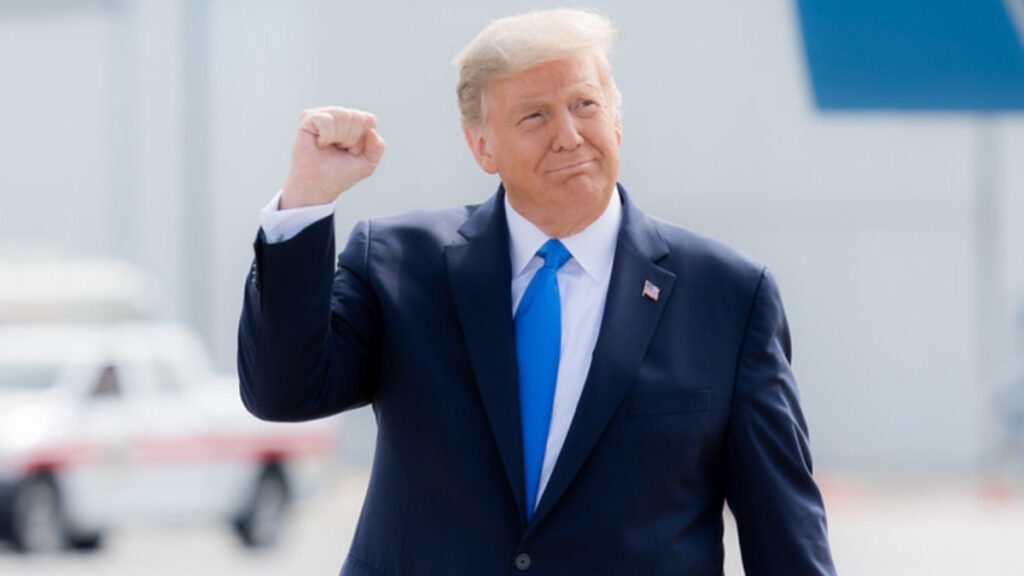
Wealth Through the Lens of Reinvention: Trump’s Media & Political Transformation
By the early 2000s, Donald Trump’s real estate empire was no longer the sole engine of his fortune—it was the foundation for something bigger: a persona he could monetize across industries. With business debts mounting and traditional deals slowing, Trump leaned into a different form of capital: celebrity.
In 2004, The Apprentice debuted on NBC, turning Trump into a prime-time fixture. The show didn’t just revive his public image; it completely recast him as America’s ultimate CEO. Each week, millions of viewers tuned in to watch him command boardrooms and fire contestants with a signature phrase that would become its brand: “You’re fired.” Behind the scenes, Trump reportedly earned over $200 million from the franchise, including spin-offs, endorsements, and licensing tied to his now-hypervisible name.
This reinvention unlocked new income streams. Trump began slapping his name on everything from steaks to skyscrapers, often collecting fees without investing capital. The Trump brand became a global commodity, especially in international markets where the name implied American luxury, power, and prestige.
Then came the presidency. His 2016 campaign initially looked like another branding play, but the win came with unexpected trade-offs. While he drew no presidential salary, his businesses benefited from the visibility, especially Mar-a-Lago, which saw membership spikes and foreign dignitary visits. At the same time, his brand grew more polarizing, alienating corporate partners and complicating future licensing deals.
The Trump of 2025 is a product of these reinventions. Where his real estate portfolio created a fortune, it was media and politics that transformed him into an enduring—and controversial—financial force. The question isn’t just how much money he’s made, but how long a persona can remain profitable in a culture built on reinvention.
Turning Controversy Into Capital
For most public figures, scandal is a threat. For Donald Trump, it’s often been fuel. From tabloid feuds and bankruptcies to lawsuits and impeachments, Trump has rarely shied away from conflict—and that calculated defiance has helped keep his brand in the spotlight.
Controversy, for Trump, isn’t just tolerated—it’s leveraged. Each media storm reinforces his image as a political outsider and unapologetic dealmaker. That relentless exposure has, at times, translated into tangible financial benefits: surging Mar-a-Lago memberships, political donations funneled through PACs, increased Truth Social engagement, and a loyal base that buys in not just ideologically, but financially.
What many perceive as chaos, Trump has spun into attention—and attention is monetizable. The staying power of his fortune owes less to conventional business strategy and more to his ability to remain the main character in America’s cultural and political conversation. For Trump, the brand is the business, and controversy keeps it alive.
Also See: Top 50 Richest Presidents in the World
Breaking Down the Trump Portfolio: Properties, Golf Resorts, and Global Stakes
Despite the shifting tides of media and politics, Donald Trump’s core wealth still rests in brick, mortar, and manicured greens. In 2025, the Trump portfolio remains heavily anchored in real estate—a carefully curated mix of luxury high-rises, branded commercial buildings, and sprawling golf resorts that stretch from Florida to Scotland.
Trump Tower in Manhattan, though no longer the symbol of ultra-modern opulence, remains a flagship asset. Its location and name recognition continue to command high commercial lease rates. Meanwhile, Mar-a-Lago, his Palm Beach estate and private club, has grown even more lucrative, benefiting from exclusivity, proximity to power, and a wave of loyalty from political allies.
His golf properties, which once drew skepticism from investors, are now a mixed bag. Courses in Florida and New Jersey still attract affluent members, while international sites like Trump Turnberry in Scotland face increased scrutiny and rising maintenance costs.
Then there are the underperformers: lesser-known hotels and licensing deals abroad have struggled, especially in countries where the Trump name has become politically sensitive. Still, these are outliers in a largely resilient portfolio.
For Trump, real estate remains more than a financial asset—it’s a public stage. And in 2025, that stage is still very much in use.
Real Estate That Still Pays
Even amid shifting markets and political noise, several of Trump’s properties continue to deliver steady returns—and not just for their square footage. Mar-a-Lago, now widely considered the crown jewel of his portfolio, has seen a post-presidency boom. Its hybrid identity as a social club, political hub, and historic estate keeps demand—and membership fees—sky high.
Trump National Doral near Miami also remains profitable, bolstered by year-round tourism, a strong golf culture, and aggressive event marketing. And despite its aging façade, Trump Tower still commands valuable retail and office leases thanks to its location and global name recognition.
Experts point to a mix of brand loyalty, prime real estate locations, and niche luxury appeal as key reasons these assets remain resilient. In a 2025 market driven by experience-based travel and prestige real estate, Trump’s top properties continue to cash in—both literally and symbolically.
Donald Trump vs. the Billionaire Boys’ Club: Where He Stands in 2025
In the ultra-elite world of billionaires, Donald Trump’s estimated $5.1 billion net worth places him far below tech giants like Elon Musk or Jeff Bezos—whose fortunes still hover well above the $100 billion mark—but well ahead of most politicians and media personalities.
What makes Trump’s wealth unique isn’t its scale, but its composition. Unlike Silicon Valley moguls whose fortunes are built on stock holdings and venture capital, Trump’s wealth is rooted in tangible assets: luxury real estate, golf resorts, and branded properties. It’s an old-school empire in a digital-age club.
Compared to figures like Oprah Winfrey, Richard Branson, or Robert Kraft, Trump’s portfolio leans heavily on fixed physical assets and the intangible value of his name. It’s a more fragile—but more visible—kind of wealth.
In a billionaire ecosystem driven increasingly by innovation, Trump remains the quintessential showman capitalist—still standing, still watched, and still profiting from the persona he built decades ago.
Setbacks, Scandals, and Strategic Recoveries
Donald Trump’s path to wealth has never followed a smooth upward curve. Instead, it’s been a jagged ride through bankruptcies, legal showdowns, failed ventures, and political firestorms. Yet, through each downturn, Trump has found a way to reposition—not just financially, but reputationally.
In the 1990s, mounting debts from Atlantic City casinos and overleveraged properties brought Trump to the brink. He declared corporate bankruptcy multiple times, negotiated with banks to retain control of assets, and restructured his holdings to survive the storm. Many critics saw a collapse; Trump branded it a comeback.
From Trump University lawsuits to the Trump Foundation’s shutdown, legal controversies have cost him money and credibility—but rarely stopped momentum. His resilience isn’t rooted in flawless decision-making, but in his ability to stay on offense. He reframes losses as learning curves and uses constant media exposure to reset the narrative.
Even post-presidency, facing civil trials and investigations, Trump has leaned on political capital, loyal followers, and brand familiarity to keep revenue streams open. In a landscape that has swallowed flashier moguls, Trump’s staying power may be his most valuable asset.
His story isn’t one of uninterrupted success—but of knowing how to survive a fall, then turn the landing into a platform.
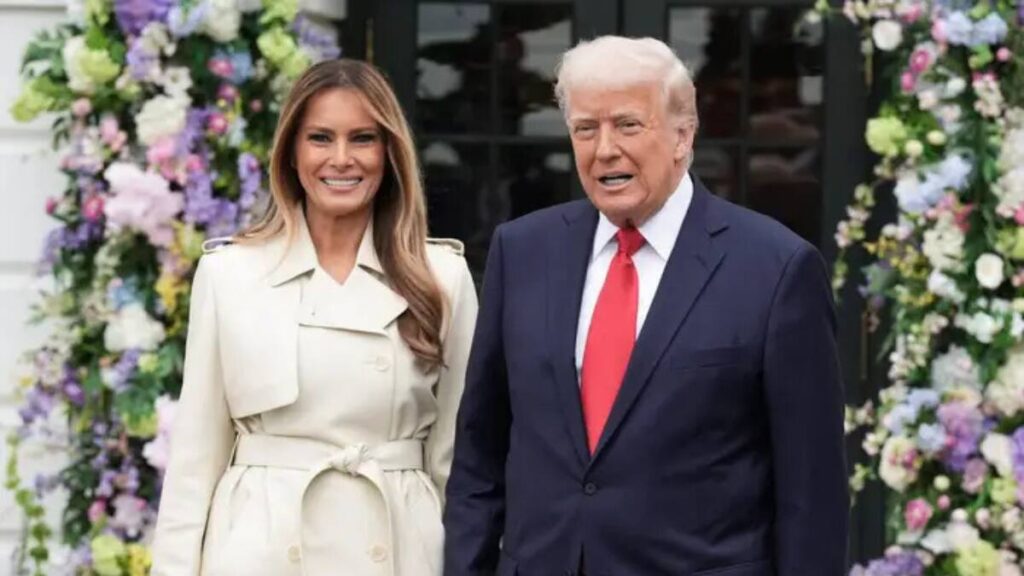
How Risk Management (and Timing) Kept the Empire Afloat
Donald Trump’s reputation may be built on bravado, but behind the headlines is a playbook rooted in tactical survival. When financial headwinds hit, Trump has repeatedly shown a knack for strategic debt restructuring—renegotiating terms with banks, shifting liabilities into LLCs, and separating personal assets from corporate risk.
In the 1990s, rather than losing everything in a casino collapse, he ceded partial control to creditors while keeping his brand intact. In more recent years, he’s used real estate appraisals and timing—buying during downturns, selling at peak visibility—to maintain cash flow and asset leverage.
Trump’s real edge may lie in his ability to frame financial retreats as calculated resets. He’s a master of using timing—economic downturns, media cycles, even legal delays—to outlast scrutiny. In business, survival is its kind of win—and Trump, more than most, has mastered the long game.
Also See: Top 50 Richest Politicians in the World
I Toured Trump Tower in 2025 — Here’s What I Noticed
Walking into Trump Tower in 2025 feels like stepping into a time capsule of opulence—and ego. The lobby is still a swirl of polished marble, gleaming brass, and glass that reflects every inch of its boldness back at you. The waterfall wall hums quietly behind a velvet rope, and the security presence is noticeable, but not intrusive.
What struck me most wasn’t just the luxury—it was the branding saturation. Every detail, from the gold-plated elevators to the monogrammed pastries in the café, reinforces the name. Trump. Trump. Trump. It’s less a building than a statement.
There’s a steady stream of visitors—tourists snapping selfies, suited professionals heading upstairs, a few MAGA-hatted loyalists browsing gift shop mugs. Some come for nostalgia. Others for ideology. But all of them, willingly or not, contribute to a brand that never left the spotlight.
Trump Tower isn’t just surviving in 2025. It’s selling something bigger than square footage: identity.
How His Children Factor Into the Trump Financial Empire
In 2025, the Trump financial empire is as much a family operation as it is a brand. Donald Trump Jr. and Eric Trump continue to manage day-to-day operations at The Trump Organization, focusing on property management, licensing deals, and overseas branding pushes. Ivanka Trump, while less publicly involved since her stint in Washington, remains a quiet force—especially in strategic partnerships and fashion-adjacent ventures.
The trio isn’t just preserving their father’s empire—they’re repackaging it for a new generation. Whether through conservative media channels, political positioning, or luxury branding, the Trump children are deeply embedded in the machine, balancing legacy with ambition.
Political Aspirations vs. Business Operations
For the Trump children, the line between political influence and business interest is increasingly blurred. Donald Trump Jr. remains a vocal figure on conservative media and social platforms, often stoking his father’s base—activity that bolsters the family brand but also risks polarizing potential partners. Eric Trump, while more focused on the business itself, has been known to leverage political rhetoric in promotional messaging.
Ivanka Trump, once considered a moderating influence, has distanced herself somewhat from overt politics, opting instead for curated influence behind closed doors. Still, her past White House role and public visibility continue to shape the family’s image.
The challenge in 2025 is clear: how to maintain the profitability of the Trump name without overexposing it to the volatility of partisan politics. So far, the balancing act is holding—but every election cycle adds new strain.
What the Future Holds: Can Trump’s Net Worth Keep Growing?
Trump’s financial future hinges on a delicate mix of market timing, brand endurance, and legal navigation. While luxury real estate remains a reliable asset class, shifting economic conditions—like rising interest rates and regulatory scrutiny—could erode margins. Ongoing investigations and civil cases also pose potential liabilities that could impact liquidity or force asset disclosures.
Still, Trump has historically thrived in unpredictability. If he can continue monetizing media visibility, maintain property values, and sidestep legal entanglements, his net worth could stabilize—or modestly climb. In the end, Trump’s fortune may depend less on financial genius and more on his ability to remain relevant.
Net Worth or Net Impact?
Donald Trump’s fortune has always been more than just a dollar figure—it’s a symbol, a spectacle, and a strategy. In redefining wealth as something performative, polarizing, and power-driven, he’s blurred the lines between capitalism, celebrity, and political theater.
Whether you see him as a savvy mogul or a brand built on bravado, Trump’s legacy challenges traditional metrics of success. His real estate holdings matter—but so does his ability to command attention, reshape narratives, and remain financially viable in chaos.
In the end, Trump’s true wealth may lie not just in what he owns, but in how long he stays center stage.
Mohit is a finance and entertainment writer specializing in celebrity wealth, brand strategy, and media empires. As Co-Founder of TheNetWorths.com, he brings over a decade of experience analyzing public income streams, endorsement deals, and the evolving creator economy.



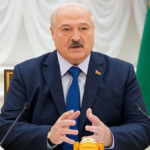








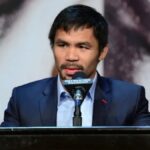


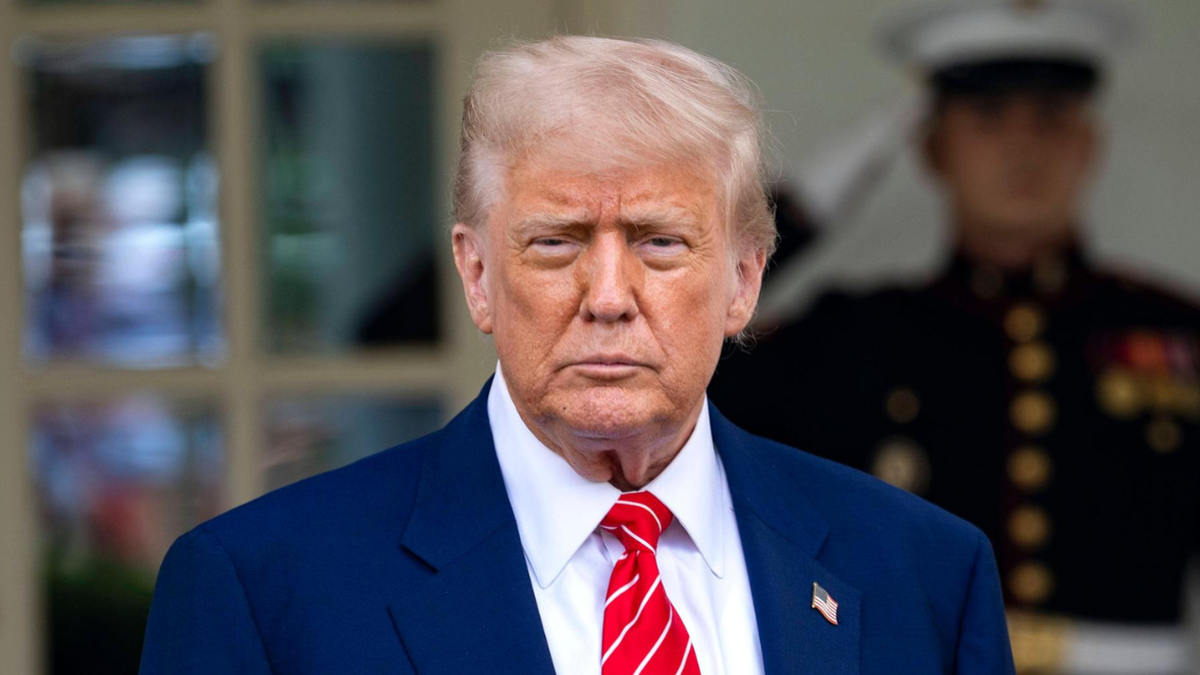

7 thoughts on “Donald Trump Net Worth 2025: How He Doubled His Wealth to $5.1 Billion Through Crypto & Real Estate”